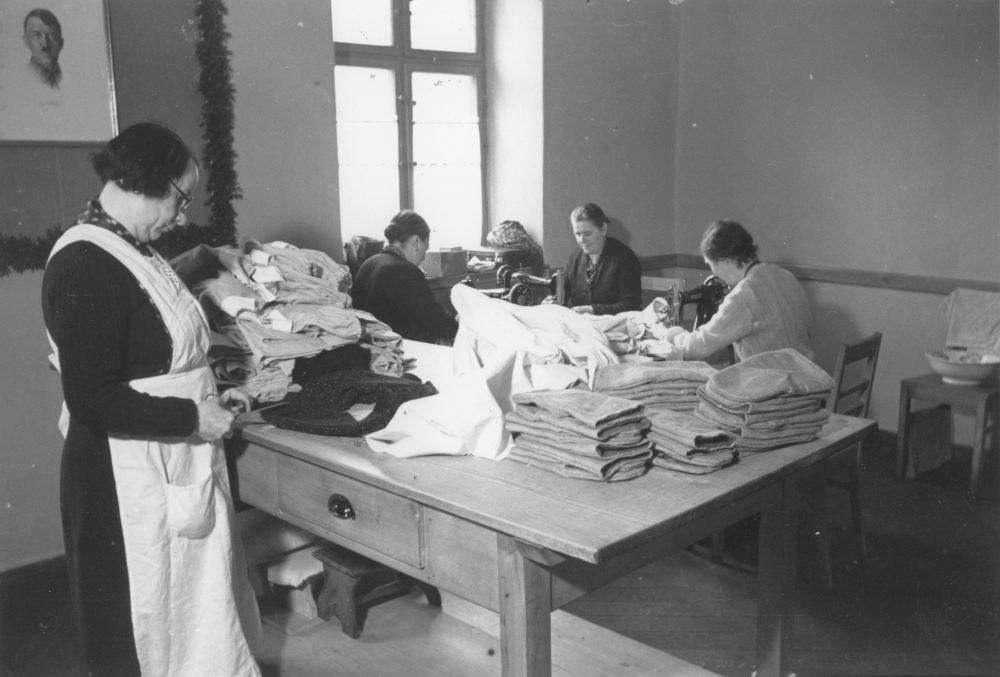Quellen
Kramer, Nicole:
Volksgenossinnen an der Heimatfront. Mobilisierung, Verhalten,
Erinnerung, Göttingen 2011.
Organisationsbuch der
NSDAP, 3. Auflage, München 1937.
Stephenson, Jill: The Nazi
Organisation of Women, London u. a. 1981.
Wagner, Leonie:
„Hüterinnen der Rasse“ - Die Frauenorganisationen der NSDAP, in:
Becker, Stephanie/Studt, Christoph (Hg.): „Und sie werden nicht
mehr frei sein ihr ganzes Leben“. Funktion und Stellenwert der
NSDAP, ihrer Gliederungen und angeschlossenen Verbände im „Dritten
Reich“, Berlin 2012, S. 249-267.


